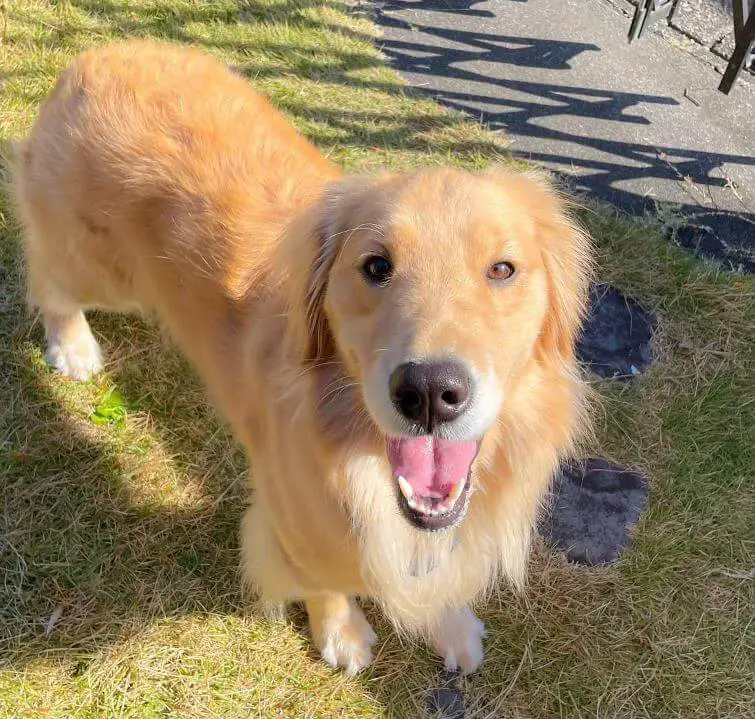As cherished members of our families, dogs bring us joy, companionship, and unwavering loyalty. However, just like humans, dogs can experience anxiety, a condition that can significantly impact their well-being. Understanding, preventing, and treating dog anxiety is essential to ensuring their happiness and quality of life. In this comprehensive guide, we will explore the various aspects of dog anxiety and provide insights into effective strategies for managing this common issue.

Understanding Dog Anxiety:
Dog anxiety refers to a state of unease or fear that a dog experiences in response to specific triggers or situations. While some level of anxiety is normal, excessive or prolonged anxiety can have a negative impact on a dog’s behavior and overall health. Common triggers for dog anxiety include:
- Separation from their owner or caregiver
- Loud noises, such as thunderstorms or fireworks
- New environments or situations
- Veterinary visits
- Other dogs or unfamiliar animals
- Changes in routine or household dynamics
Recognizing Signs of Dog Anxiety:
It’s crucial for dog owners to recognize the signs of anxiety in their furry companions. These signs may include:
- Restlessness or pacing
- Excessive barking or whining
- Trembling or shaking
- Destructive behavior
- Attempting to escape
- Excessive drooling or panting
- Changes in appetite or bathroom habits

Preventing Dog Anxiety:
While not all anxiety can be prevented, certain measures can help reduce the likelihood and severity of anxiety episodes:
- Socialization: Early and positive exposure to various people, animals, and environments can help dogs build confidence and resilience.
- Positive Reinforcement Training: Reward-based training can boost a dog’s confidence and create positive associations with new experiences.
- Maintaining Routine: Dogs thrive on routine, so try to maintain consistent feeding, exercise, and sleep schedules.
- Desensitization: Gradually exposing your dog to anxiety triggers in a controlled and positive manner can help reduce their sensitivity over time.
Treating Dog Anxiety:
If your dog is already experiencing anxiety, several effective treatments and management strategies can help:
- Behavioral Training: Consult a professional dog trainer or behaviorist to develop a customized training plan to address specific anxieties.
- Medications: In some cases, veterinarians may prescribe medications to help manage severe anxiety. These could include anti-anxiety medications or supplements.
- Calming Aids: Natural remedies like pheromone diffusers, calming wraps, or herbal supplements may help alleviate anxiety symptoms.
- Therapy: Techniques such as desensitization, counter-conditioning, and cognitive behavioral therapy can be effective in helping dogs manage their anxiety.

Understanding, preventing, and treating dog anxiety is a crucial aspect of responsible pet ownership. By recognizing the signs of anxiety, taking proactive measures to prevent triggers, and employing appropriate treatments, you can help your beloved furry friend lead a happier and more relaxed life. Always consult with a veterinarian or animal behaviorist for guidance tailored to your dog’s specific needs. With your unwavering support and the right strategies in place, you can provide a safe and loving environment for your anxious dog, ensuring they enjoy a higher quality of life and a stronger bond with you.
